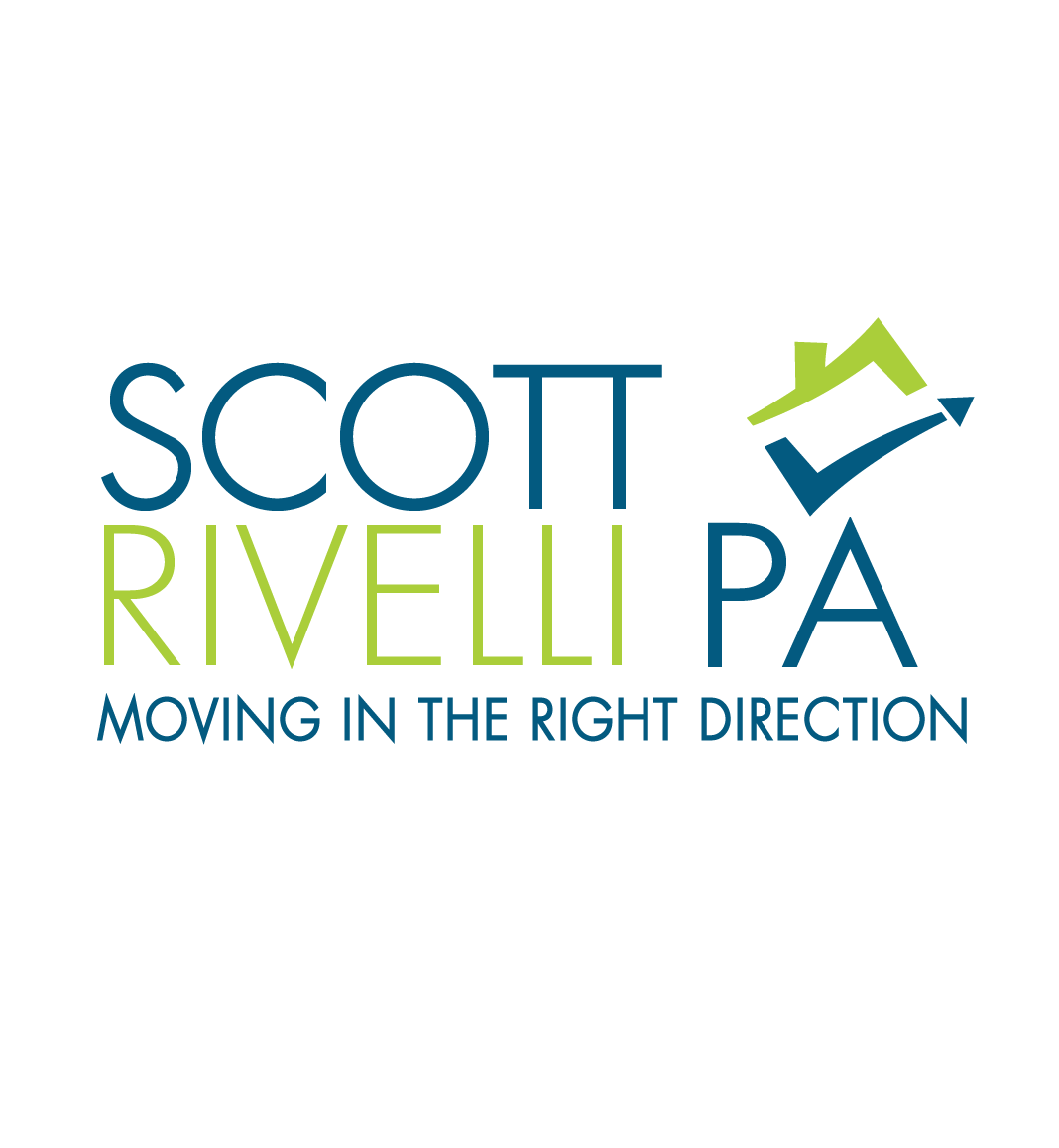Can’t afford to live in Broward? Here’s a new idea for more housing and lower rents

The land typically reserved for stores and offices along Broward’s busiest corridors also could be used for homes, boosting the opportunities for new housing across the region.
Under a new county proposal, developers no longer would have to get special permission to build apartments, condos or other residential dwellings on commercial and business properties along the county’s busiest roadways.
The proposal also could affect overall rents in the county by creating an expanding supply of market-rate housing.
“We keep talking about expanding the workforce, more people coming to move here. Where are they going to live? There is no place for them to live,” said Commissioner Nan Rich, who said affordable rental housing is the most critical problem the county faces. “This is just a never-ending saga.”
Commissioner Steve Geller said allowing more and larger residential complexes along the county’s major corridors also could help reduce traffic congestion by putting more stores and services within walking distance of the residents who move in, while giving them easier access to mass transit when they have to travel farther away.
“We will be building walkable communities. We believe we will be taking lots of cars off the road,” Geller said.
The housing could be built in shopping center parking lots or on top of retail businesses. Some recent projects point to the future the county is envisioning:

- In Fort Lauderdale, five floors of apartments are being built atop a future Whole Foods Market at Federal Highway and Southeast 17th Street.
- In Plantation’s Midtown District, Lennar Corporation is building a luxury apartment building on what used to be a surface parking lot for the Lakeside Office Center on Pine Island Road.
- In Sunrise, near Pine Island Road and Northwest 44th Street, a portion of the underutilized Village Shoppes of Pine Plaza is being carved out to create the 288-apartment Vista Verde at Sunrise.
“I have a number of sites where our commercial clients are eager to include residential,” said Debbie Orshefsky, a development attorney. “The lack of affordable land for residential development, combined with the change in the retail industry, makes Broward County really ripe for this type of redevelopment.”
The proposal looks at a way to support retail stores in the age of Amazon, allowing commercial property owners to make better use of their land while requiring them to continue using a portion of their land for stores and businesses. It also realizes that many people are no longer interested in the cul-de-sac communities of the past, with yards that need to be mowed.
“There’s a shift in attitudes about where people want to live,” said Ralph Stone, the county’s community redevelopment director. “I think there’s been a shifting of attitudes about people willing to live in more intensive developments.”
Geller said University Drive is an example of where the idea could have a major impact.
“You already have office buildings and you already have the commercial, now you’re putting in the housing. That’s great transit-oriented development,” Geller said.
Geller said apartments priced affordably could be in the range of:
- $1,800-$2,000 a month for moderate-income families earning up to 20 percent more than the county’s median household income of about $56,000.
- $1,200-$1,400 for low-income families earning 20 percent less than the county’s median income.
- $400-$500 for very low-income families earning less than half the county’s median income.
The county has offered bonuses in the past for builders who include affordable elements in their projects, but the level — allowing the construction of two or four extra residential units for each unit of affordable housing — didn’t generate any interest, officials said.
Geller is proposing allowing six market-rate units for each unit affordable to someone with a moderate income, nine market-rate units for each low-income unit and 19 market-rate units for each very low-income unit.
“Those kinds of incentives can work,” said Robert Lochrie, a Fort Lauderdale attorney who represents developers.
If a developer taking advantage of the proposed changes were to include market-rate units in excess of those ratios, the proposal calls for them to put about $42,000 into the housing trust fund for each additional unit.
If the county approves the new proposals, it will be up to each city to determine how much they want to adapt within their own borders. They could adopt the county plan as is and reap the maximum benefit when it comes to county incentives for doling out future transportation dollars, they could allow for projects in specific areas, or they could decide not to allow such projects at all.
The county is trying to make the plan as appealing to cities as it can so that it will create a unified county approach.
“I think at this point, we just have to start forgetting about where municipal boundary lines are on these type of things, because I just don’t think it’s going to matter anymore,” Broward Commissioner Michael Udine said.

